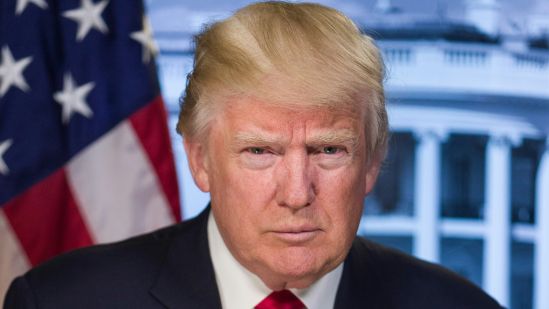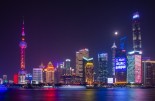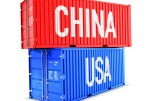Carmignac: Trump/Xi meeting leads to cold peace… for now
Carmignac: Trump/Xi meeting leads to cold peace… for now

Following the meeting between Trump and Xi in South Korea this week, Raphael Gallardo, Chief Economist at Carmignac, considers the main outcomes:
As expected, what was agreed between Trump and Xi in Busan was more a tentative framework for a one-year truce, not a trade treaty and even less a grand bargain.
The deliverables mark significant concessions on both sides.
US concessions:
- Halving of the 20pt fentanyl tariffs in exchange for vague promises from Xi to curb shipments of precursors to the opioid
- The reciprocal tariffs stay at 10% instead of 36% for one year
But the expansion of the US Entities List to subsidiaries owned at 50%+ is delayed by a year.
Chinese concessions:
- Immediate resumption of soybean and other farm imports
- Vague promises on buying US energy
- Finalization of the TikTok deal
- Export controls on rare earth elements and other critical minerals delayed for a year
What transpires is that we are moving from a series of 90-day truces to a one-year time frame. This is clearly a positive that will boost market sentiment but caveats remain.
First, nothing was signed for now. Closure will come during Trump’s state visit to Beijing in March. Between then, we could have another unexpected flare-up of tensions (remember the Chinese spy balloon?)
Second, apart from the 10% tariff cut, this deal simply moves us back to the Geneva truce achieved in May, before escalation related to the 50% rule and retaliation through the rare earth controls.
Finally, absent from the deliverables are key flashpoints in the rivalry. No US concessions regarding Taiwan, no Chinese concessions on Russia, no discussion on sales of US advanced chips. All these topics were surely part of the discussion but unconclusive. So this is very far from a ‘grand bargain’.
Therefore, we are still in a process of a ‘managed decoupling’ of a 40-year symbiotic economic relationship.
On paper, we are moving the clock back to May in Geneva, except that in between, both sides have hit the “nuclear” button once: the US closed the loopholes on the Entities List, and China deployed its rare earths card. These set in motion irreversible moves. The US has set in motion a process of rebuilding its rare earth supply chain at warp speed. China has shown at the fourth plenum that the priorities of the next five-year plan are once again building a sanction-proof war economy. So we are still in a programmed collision between these two heavyweights, and both just decided to give them a tentative one-year reprieve.
Tensions will almost certainly flare-up again after a nicely choregraphed signing ceremony in March. Markets should enjoy this period of cold peace while it lasts.










